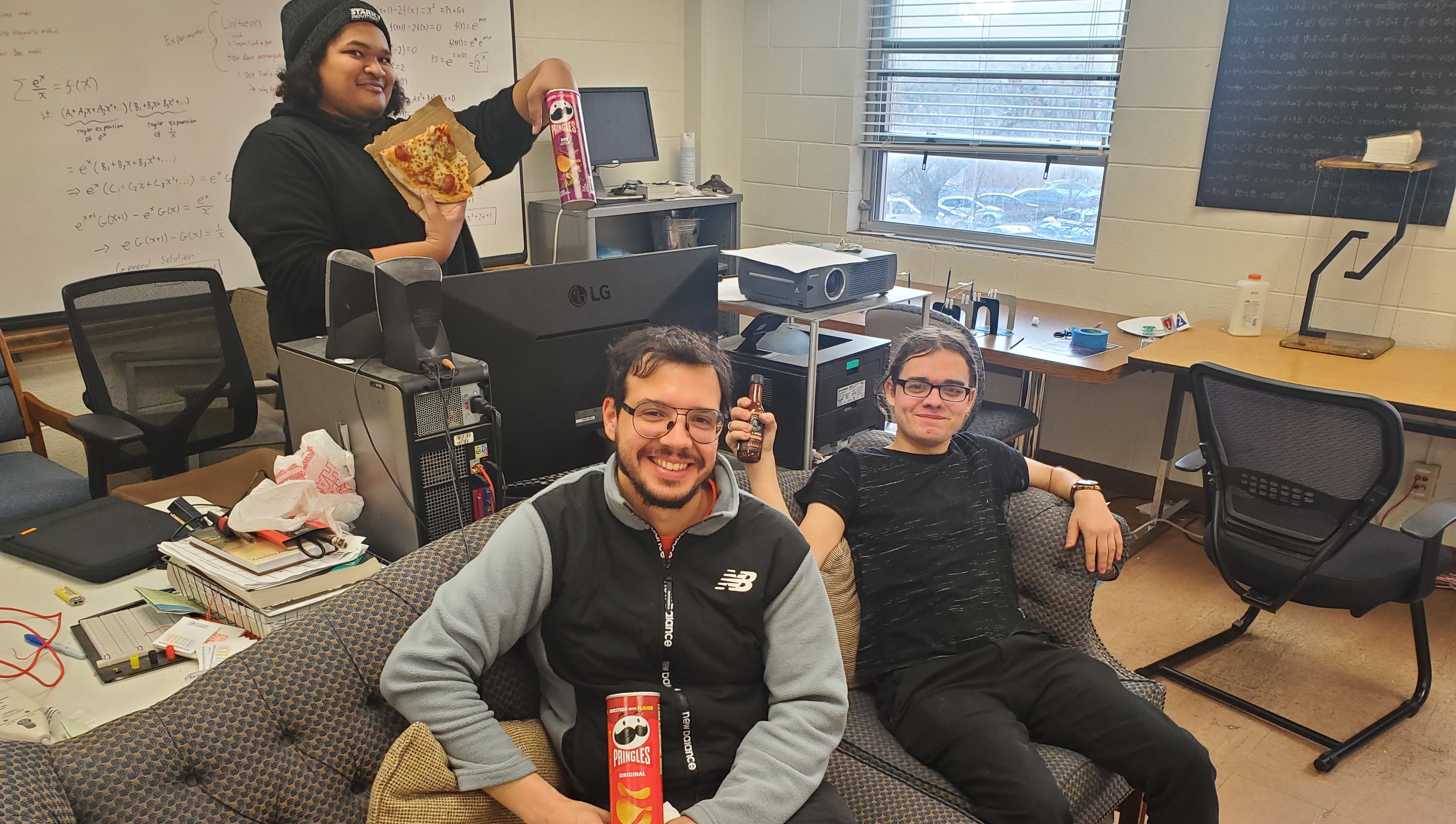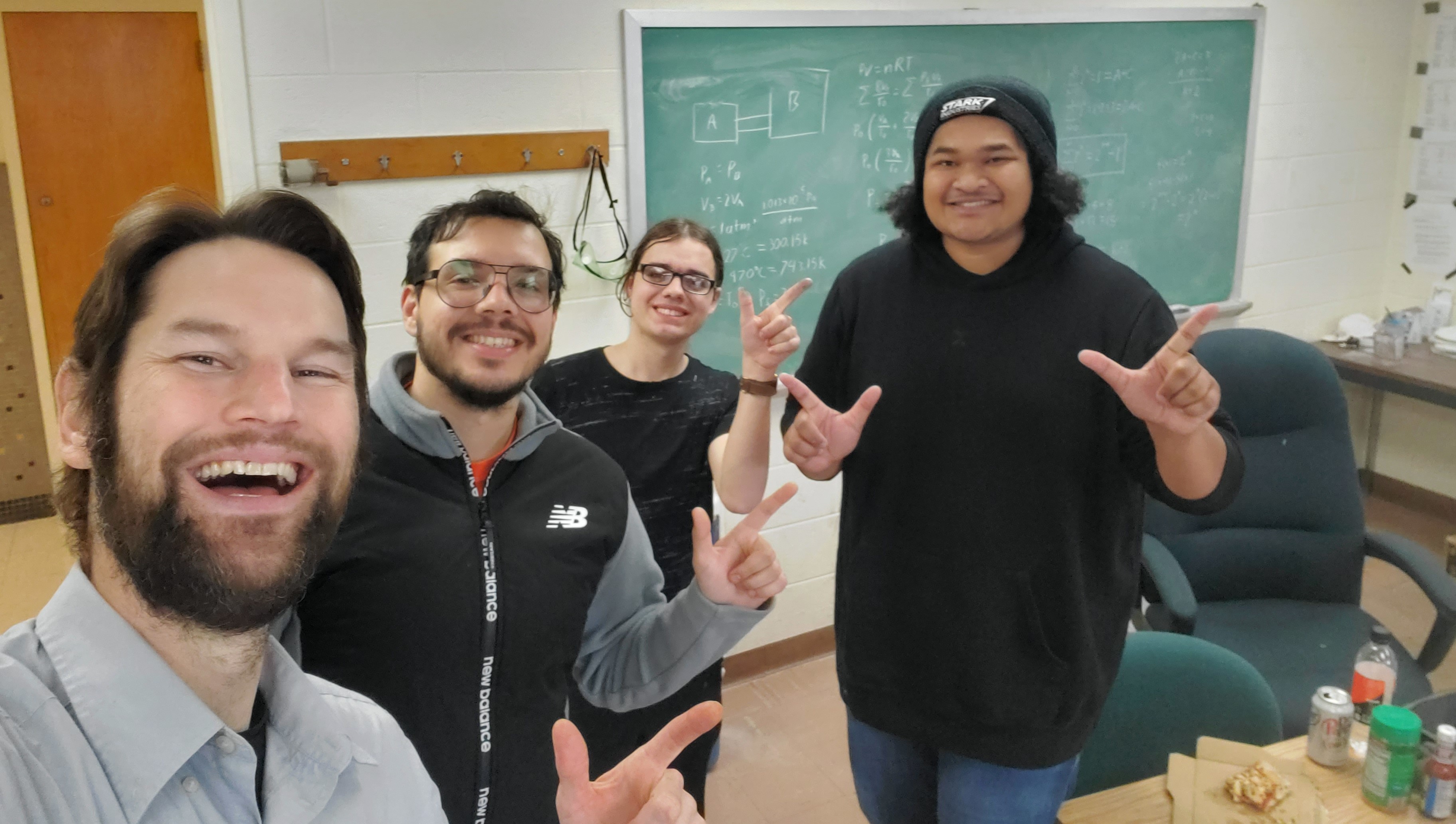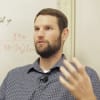This project is now in update mode. Check back regularly to see how things are progressing.
Photos from Paris!
Team USA at IPT

Improvisation when the team gathers for a group photo, but the captain is MIA

USA team captain in physics fight with Ukraine and Poland

Our last physics fight against France and Team IPT (students from Russia)
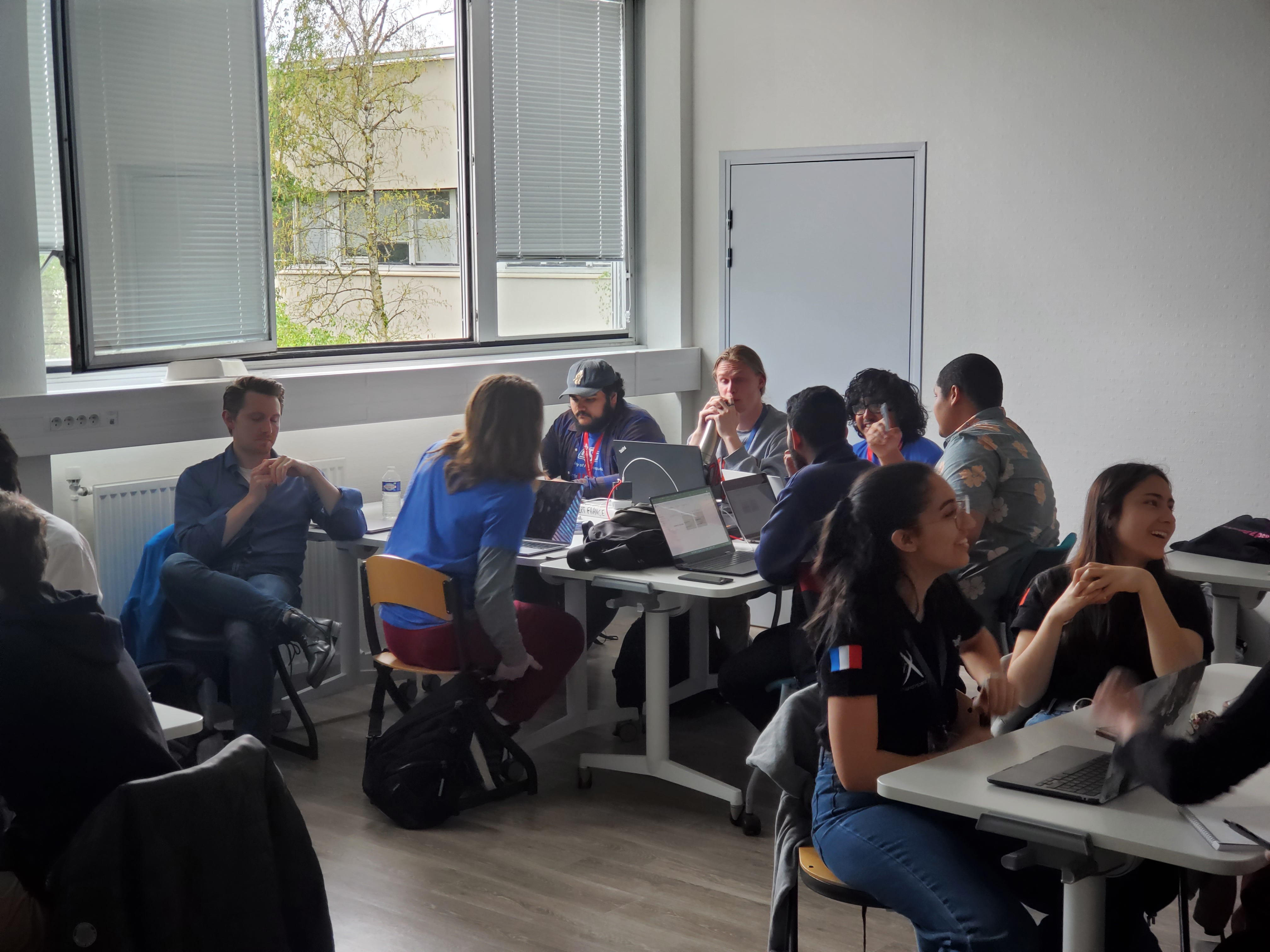

Excursion to Paris!


We are so thankful for all the donors who made this possible. THANK YOU!
Thank you to everyone who has donated so far!!! Here is a behind the scenes look at some of our preparation...
Some excerpts from our work on IPT Question #5:
5. Pringles stack ring: It is possible to build structures by stacking Pringles on top of one another in various configurations. What are the physical parameters that allow some geometric patterns to be constructed? What is the largest stack ring that can be built? What maximal weight can it support?

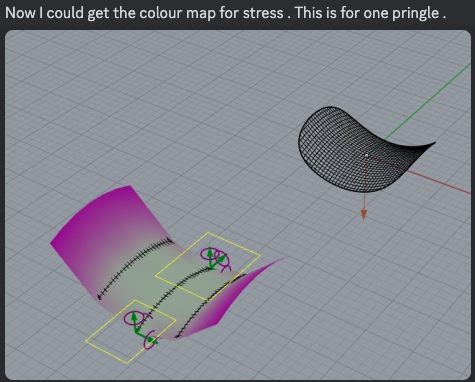



$10.14
Descriptive Physics
PHYS 1014 Descriptive Physics (N) Description: A survey course presenting the basic concepts and principles of physics with a minimum of mathematics. Motion, waves, temperature, electricity, magnetism, optics, atomic structure, and nuclear energy.
$11.14
College Physics 1
PHYS 1114 College Physics 1 (LN) Description: Algebra-based introductory course covering the basic concepts of physics appropriate for a range of science and preprofessional majors. Practical examples of the role of physics in other disciplines. Newtonian mechanics, fluids, heat, thermodynamics, waves, sound.
$20.14
University Physics 1
PHYS 2014 University Physics 1 (LN) Description: Calculus-based introductory course for science, math and engineering majors. Mechanics, waves, heat, and thermodynamics.
$37.13
Modern Physics
PHYS 3713 Modern Physics Description: This is the first course in the undergraduate quantum physics sequence. It covers the basic features of quantum mechanics as they relate to atomic systems, nuclear matter, photons, and electrons.
$45.13
Introductory Quantum Mechanics
PHYS 4513 Introductory Quantum Mechanics Description: Uncertainty principle, setting up Schroedinger equation (time dependent as well as time independent) and solving it for linear oscillator, hydrogen atom, periodic, and other potentials.
$52.63
Particle Physics
PHYS 5263 Particle Physics Description: Phenomenology of elementary particles: quark model, electromagnetic, weak, and strong interactions of quarks, leptons, and gauge bosons, Feynman diagram techniques, parton model, gauge symmetries, spontaneous symmetry breaking, Standard model, experimental tests.
$58.13
General Relativity
PHYS 5813 General Relativity Description: Theory and applications of general relativity: the principle of equivalence, general coordinate invariance, tensors, affine connections, Einstein's field equations, classic tests, application to stellar dynamics, black holes, and cosmology.
$63.23
Quantum Field Theory
PHYS 6323 Quantum Field Theory Description: Relativistic Quantum Mechanics: Klein-Gordon field, path integral formulation of Quantum Mechanics, Feynman diagrams, Quantum Electrodynamics, relativistic scattering radiative corrections, renormalization and critical exponents, non-Abelian gauge theories, spontaneous symmetry breaking.
$500
Master’s Thesis Research
PHYS 5000 Master’s Thesis Research or Report Prerequisites: Consent of major professor. Description: Thesis research or report for master's degree.
$651.30
Advanced Solid State Physics
PHYS 6513 Advanced Topics in Solid State Physics Description: Interaction of radiation and matter, neutron scattering, phase transitions, magnetic resonance and cooperative phenomena.
$661.30
Advanced Particle Physics
PHYS 6613 Advanced Particle Physics Description: Renormalization of quantum field theories, spontaneous symmetry breaking, Standard model, flavor physics, grand unification, super-symmetry.
$6,000
Doctoral Dissertation Research
PHYS 6000 Doctoral Dissertation Research Prerequisites: Admission to candidacy and permission of major professor. Description: Offered for variable credit, 1-15 credit hours, maximum of 60 credit hours.


